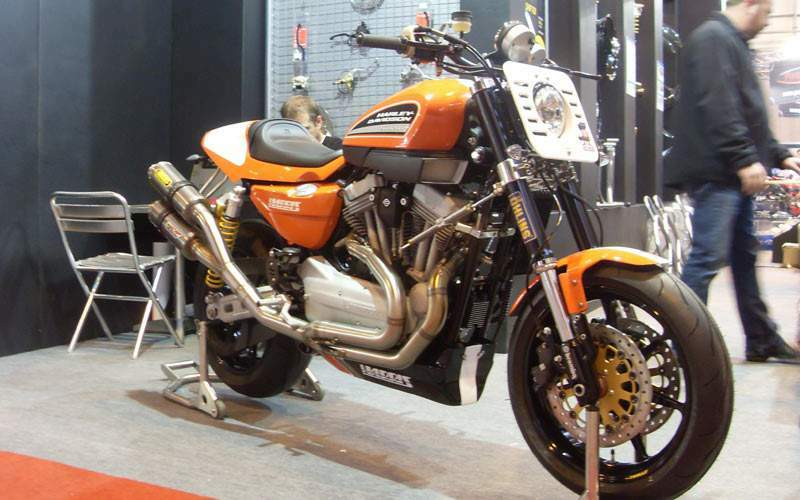GentlemanRacer
Well-known member
I've been looking into commissioning a custom exhaust for a modern HD v-twin off ebay (sometime next year when there is money for it) and I wondered if anyone here has any experience tuning motorcycle exhaust notes with resonators. Is this done?
It's a big thing in the luxury car market but I don't know enough about it to use the google right. My grasp of computational fluid dynamics is that it is a term I read on the internet once.
There are a bunch of off the shelf resonators, but if you have made a custom exhaust, have you added a resonator and tuned it? Do custom shops do this kind of thing?
It's a big thing in the luxury car market but I don't know enough about it to use the google right. My grasp of computational fluid dynamics is that it is a term I read on the internet once.
There are a bunch of off the shelf resonators, but if you have made a custom exhaust, have you added a resonator and tuned it? Do custom shops do this kind of thing?


